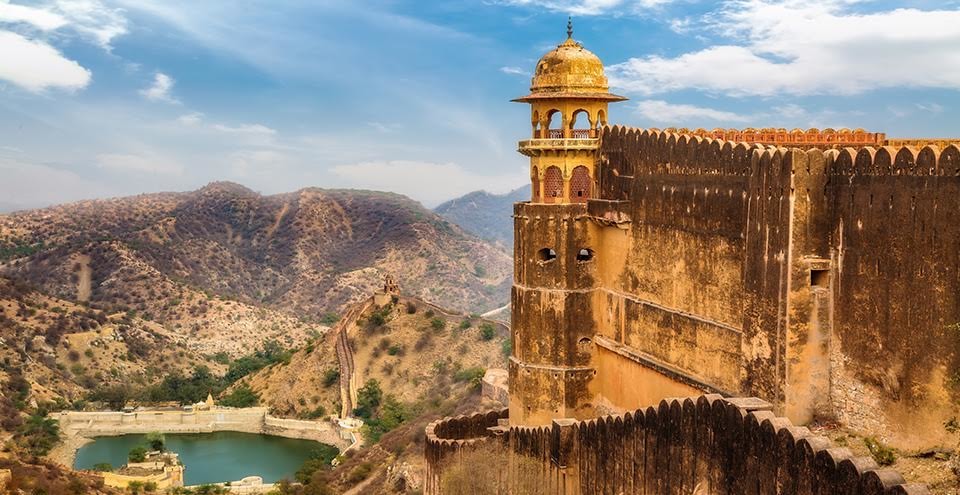By Muskan
India, a land of unparalleled diversity, is woven together by its vast historial, cultural and spiritual traditions, set against a backdrop of geographically alluring landforms. This subcontinent offers a tapestry of destinations that cater to every traveler’s dream, from architectural marvels that whisper tales of bygone eras to pockets of biodiversity that showcase nature’s splendor. Whether you’re drawn to ancient temples, majestic forts, or pristine natural wonders, India promises an exhilarating wave of exploration.
To help you navigate this treasure trove of experiences, we’ve curated a list of 7 Indian marvels from UNESCO World Heritage Sites that are sure to captivate your imagination and leave you in awe of the country’s rich heritage.
1. Ajanta and Ellora Caves, Maharashtra
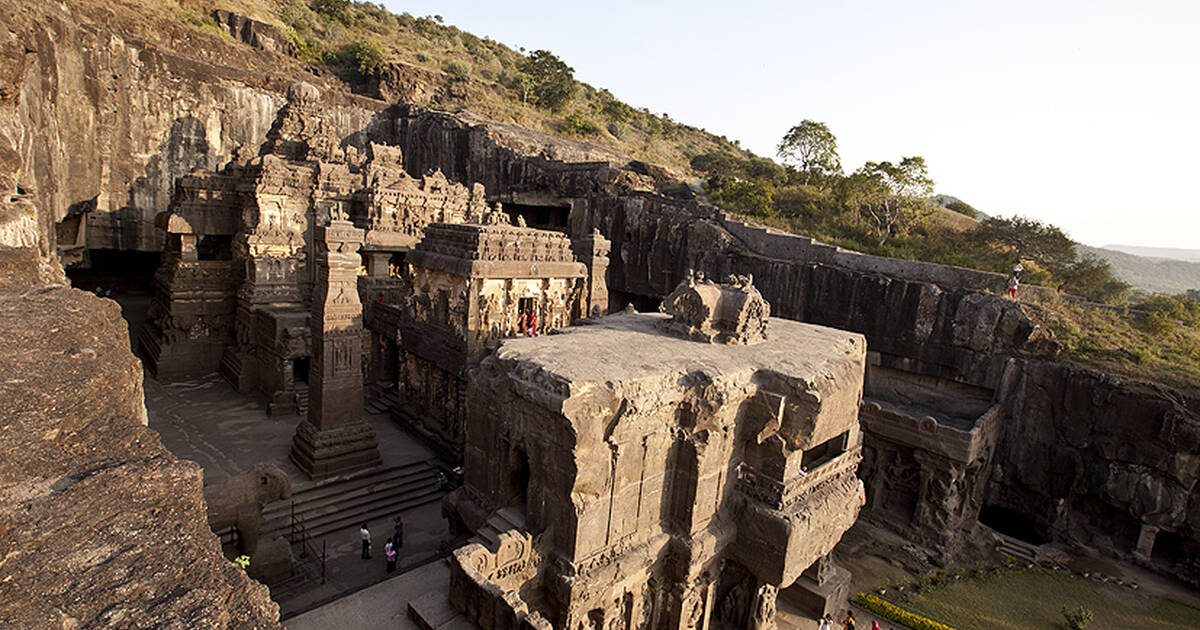
The Ajanta Caves, nestled near Aurangabad in Maharashtra, date back to the 2nd century BCE. This remarkable complex comprises 30 rock-cut caves that once served as monasteries and prayer halls for Buddhist monks. The caves’ walls and ceilings are adorned with intricate murals and carvings depicting various phases of Gautama Buddha’s life and stories from the Jataka Tales.
Approximately 100 kilometers from Ajanta lies the equally impressive Ellora Caves, constructed from the 6th century BCE onwards. The 34 caves of Ellora represent a unique synthesis of India’s three major religions: Buddhism, Hinduism, and Jainism, showcasing the religious pluralism that existed in ancient India.
Both cave complexes primarily functioned as monasteries (viharas) and prayer halls (chaityas). Historians and explorers alike marvel at the caves’ murals for their intricate detail, expressive figures, and vibrant colors, all created using natural pigments that have stood the test of time.
Currently, the caves are a fantastic tourist hub of Aurangabad, can be explored in combination with luxury stays in Vivanta Aurangabad or Welcomhotel Rama International by ITC.
2. Khangchendzonga National Park, Sikkim (also known as Kanchenjunga Biosphere Reserve)
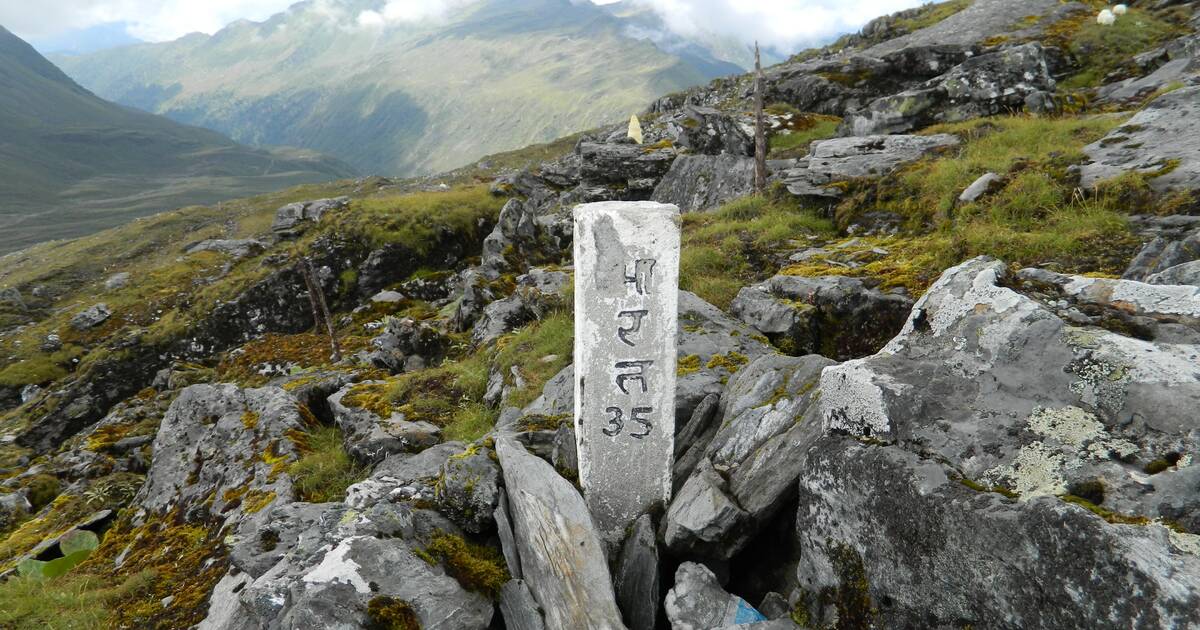
Nestled in the northeastern state of Sikkim, the Khangchendzonga National Park is named after Mount Kanchenjunga, the world’s third-highest peak. Spanning an impressive 850 sq. km, this UNESCO World Heritage site showcases a stunning array of landscapes, from lowlands to steep-sided valleys and snow-clad mountains.
The park is a biodiversity hotspot, boasting a rich variety of flora and fauna. Its temperate broadleaf and mixed forests, dominated by oaks, fir, birch, maple, and willow, provide sanctuary to numerous endangered species. Wildlife enthusiasts can spot remarkable creatures such as the Tibetan Wolf, Himalayan Tahr, Musk Deer, Blue Sheep, Snow Leopard, Red Panda, and Dhole.
Bird watchers will find themselves in paradise, with the park hosting a colorful array of avian species in their natural habitats. Visitors can keep their binoculars ready for sightings of green pigeons, Tibetan snowcocks, snow pigeons, impeyan pheasants, Asian emerald cuckoos, sunbirds, and majestic eagles.
Beyond its ecological importance, Khangchendzonga National Park holds deep cultural and spiritual significance for local communities. The area is steeped in myths and legends, contributing to its UNESCO World Heritage status.
For a luxurious stay near this natural wonder, consider the Vivanta Sikkim in Pakyong or the Taj Guras Kutir Resort and Spa in the capital city of Gangtok.
Note: Visitors should note that special permits are required to explore the park. These can be obtained through the Sikkim Forest Department or authorized tour operators.
3. Western Ghats
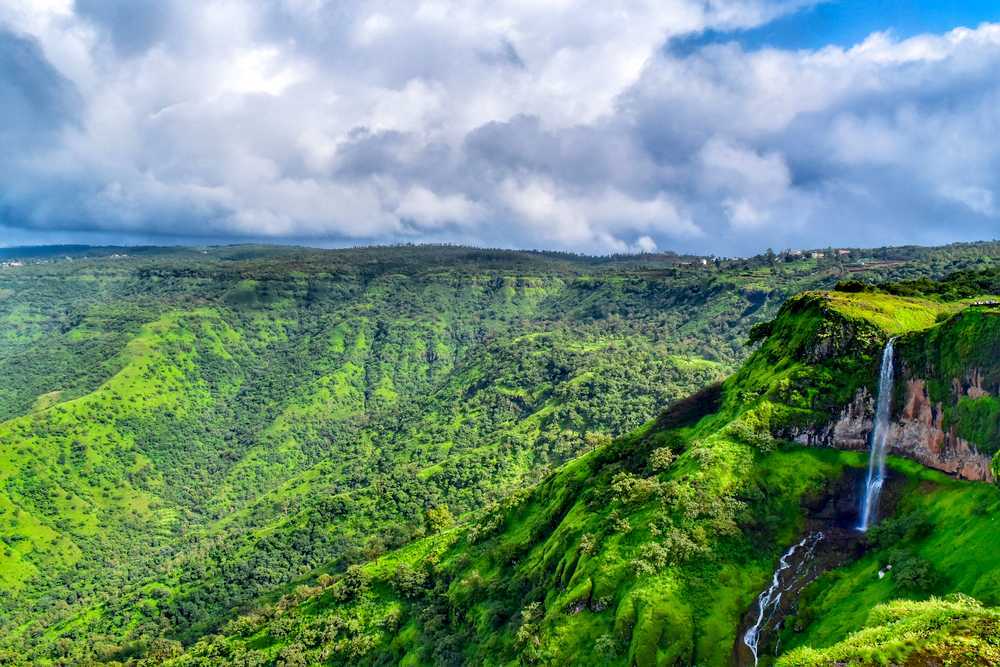
The Western Ghats, also known as the Sahyadri Hills, is a magnificent mountain range stretching 1,600 kilometers along India’s western coast. This UNESCO World Heritage site spans six states: Gujarat, Maharashtra, Goa, Karnataka, Tamil Nadu, and Kerala, offering a diverse tapestry of landscapes and ecosystems.
Characterized by rugged terrain, deep valleys, steep cliffs, and a series of high plateaus, the Western Ghats are also the birthplace of several major rivers including the Godavari, Krishna, Cauvery, and Tungabhadra. The range’s unique topography has created numerous waterfalls, adding to its natural beauty.
The Western Ghats’ claim to UNESCO status stems from its exceptional biodiversity and ecological significance. This mountain range encompasses popular hill stations such as Munnar, Ooty, Coorg, and Mahabaleshwar, making it a favorite destination for both nature lovers and adventure seekers.
Ecotourism thrives in the Western Ghats, with activities ranging from trekking and wildlife safaris to bird watching and nature trails. Some of the most notable locations include the Nilgiri Biosphere Reserve, Silent Valley National Park, and Mahabaleshwar.
For those seeking a blend of nature and luxury, several high-end accommodations are available near these natural wonders. The JW Marriott in Pune and The Savoy in Ooty offer peaceful retreats amidst nature, providing a perfect base for exploring the Western Ghats before moving on to your next destination.
4. Hampi, Karnataka
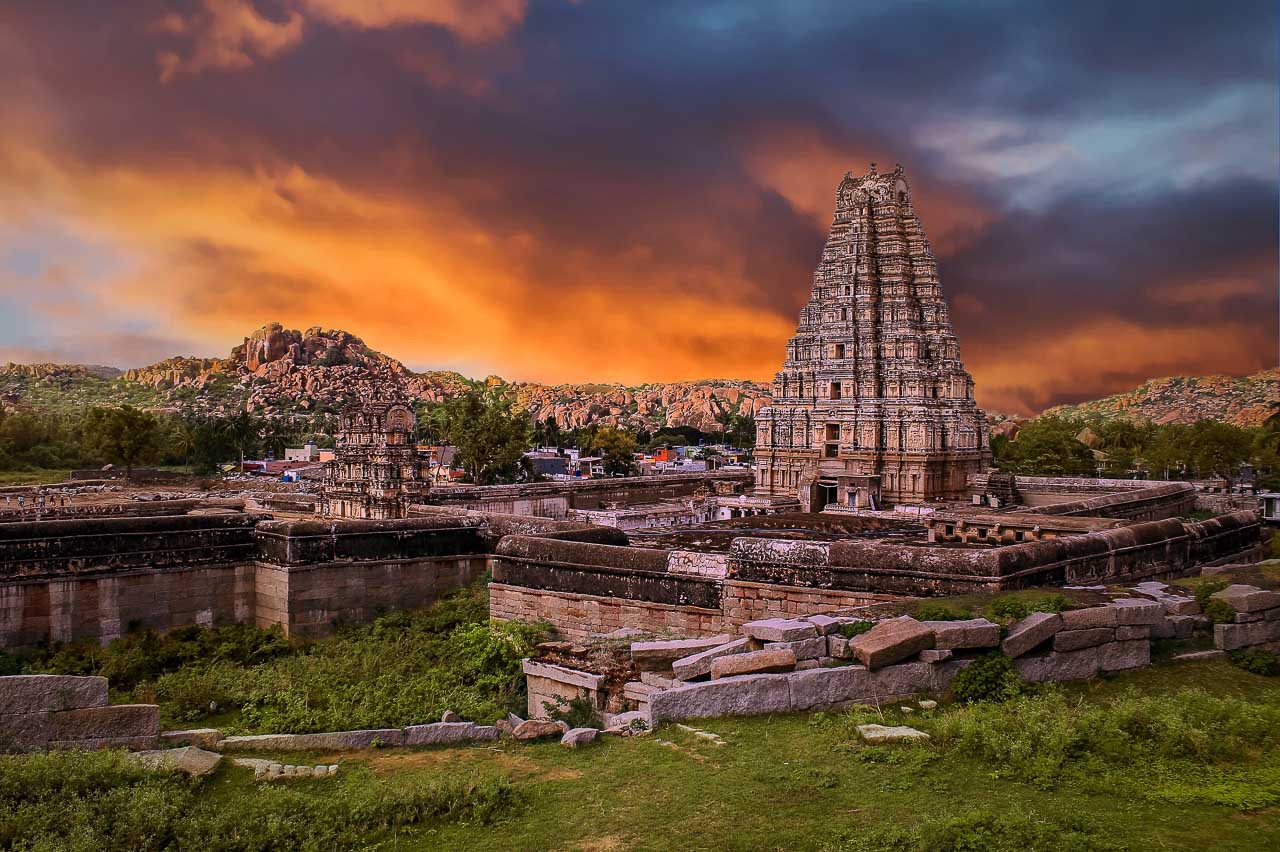
Hampi, a UNESCO World Heritage site, stands as a testament to the rich history and cultural significance of Southern India. Dating back to the 13th century, this ancient city once served as the capital of the Vijayanagar Empire, one of the most prominent, powerful, and wealthy dynasties of its time.
Founded by King Harihara, Hampi flourished as a center of art, culture, and commerce. Although largely destroyed during the expansion of the Deccan Sultanate, the remaining ruins are enough to captivate visitors and transport them back to the city’s magnificent past.
The site’s allure lies in its unique blend of architectural brilliance and natural beauty. Ancient temples and structures are set against the backdrop of the Tungabhadra River and the rocky terrain of Matanga and Hemakuta Hills, offering a truly immersive historical experience.
Key attractions in Hampi include the Virupaksha Temple, a stunning example of Dravidian architecture dedicated to Lord Shiva; the Vittala Temple, famous for its iconic stone chariot and musical pillars; the Lotus Mahal, a beautiful Indo-Islamic architectural marvel; and the Elephant Stables, an impressive structure showcasing the grandeur of the Vijayanagara era.
For wine enthusiasts, a visit to Hampi can be complemented by a trip to the nearby KRSMA vineyards, located about two hours north of the ancient city. Founded by Krishna Prasad and Uma Chigurupati, KRSMA Estates offers a unique wine-tasting experience in the heart of Karnataka. Visitors can tour the winery, learn about its fascinating history, and enjoy vertical tastings of their award-winning Sauvignon Blanc and Cabernet Sauvignon.

You can explore all of these while soaking in comfort and luxury from Evolve Back or WelcomHeritage Shivavilas Palace in Hampi.
5. Mountain Railways
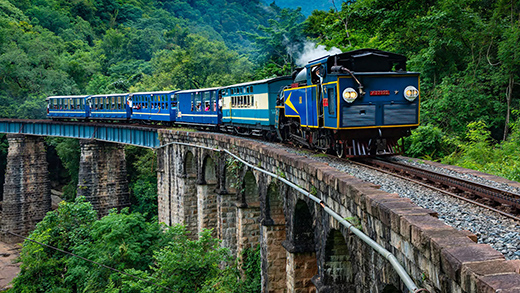
The Mountain Railways of India, a UNESCO World Heritage site, comprise three distinct railway lines established during the British Colonial era. These engineering marvels showcase the ingenuity of 19th-century railway construction in challenging mountainous terrain.
The three railways are:
1. Darjeeling Himalayan Railway: Connecting New Jalpaiguri to Darjeeling in West Bengal
2. Nilgiri Mountain Railway: Linking Mettupalayam to Udhagamandalam (Ooty) in Tamil Nadu
3. Kalka-Shimla Railway: Running between Kalka and Shimla in Himachal Pradesh
These narrow-gauge railway lines are famous for their “Toy Trains,” which offer passengers breathtaking views of hills, forests, and bridges as they wind through picturesque landscapes. The journey on these historic trains is an attraction in itself, providing a unique blend of nostalgia and natural beauty.
There are several stay options available to explore each of the railways as a final destination. Mayfair Darjeeling and The Elgin Darjeeling — Heritage Resort & Spa for stays in Darjeeling, LohonoStays Casa Crystal in Tamil Nadu, and The Oberoi Cecil in Shimla are all fabulous luxurious hotels to explore apart from the train ride!
6. Rock Shelters of Bhimbetka, Madhya Pradesh
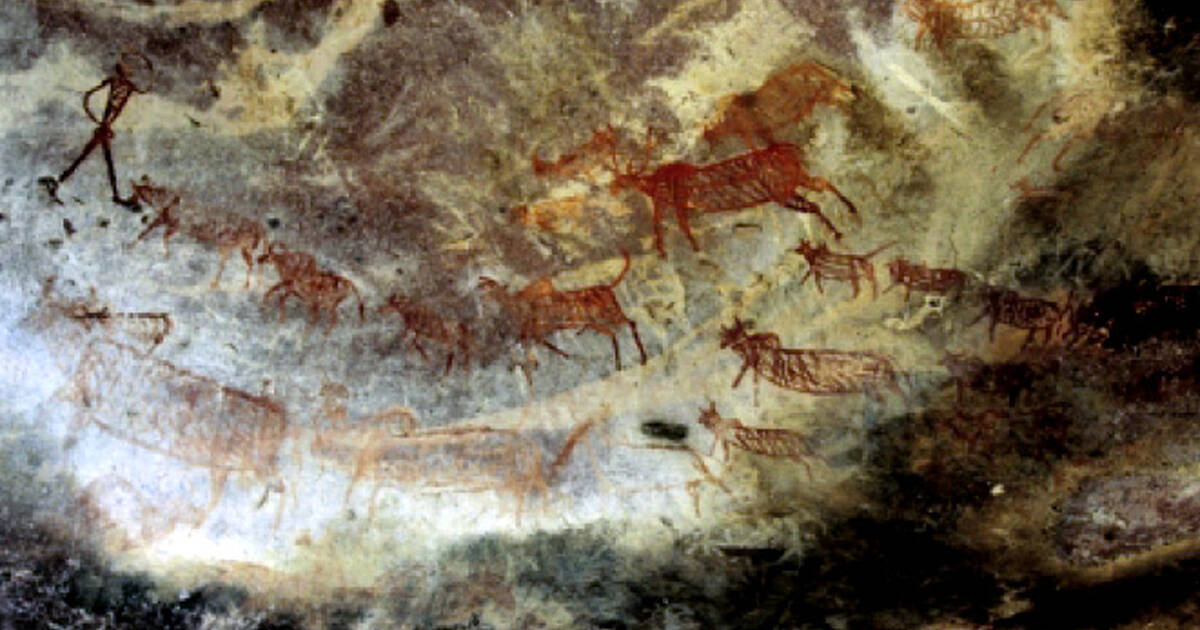
Nestled in the foothills of the Vindhya Mountain range, the Rock Shelters of Bhimbetka stand as a testament to one of the oldest known human habitations in India. This UNESCO World Heritage site comprises more than 500 caves, offering a fascinating glimpse into prehistoric life spanning from the Paleolithic to the Mesolithic period.
The site’s most captivating feature is its extensive collection of cave paintings. These ancient artworks showcase a variety of styles, from simple stick figures to more complex depictions of animals such as bison, tigers, elephants, and deer. The paintings also illustrate scenes of daily life, hunting expeditions, dance rituals, and other cultural practices, providing invaluable insights into the lives of our ancient ancestors.
Bhimbetka’s name is steeped in local legend. According to folklore, it derives from Bhima, one of the Pandavas from the Indian epic Mahabharata. The name “Bhimbetka” is said to mean “the resting place of Bhima,” suggesting that the legendary hero once rested at this site.
The Rock Shelters of Bhimbetka earned their UNESCO World Heritage status due to their outstanding universal value as one of the earliest records of human life and creative expression.
To explore this remarkable prehistoric site in comfort, consider staying at one of the luxurious hotels in nearby Bhopal. The Taj Lakefront Hotel and Jehan Numa Palace Hotel offer excellent accommodations, allowing you to immerse yourself in ancient history by day and unwind in modern luxury by night.
7. Jaipur City, Rajasthan
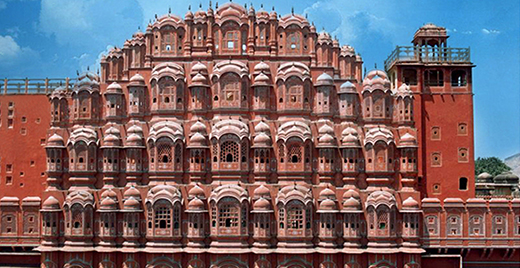
Jaipur, the capital of Rajasthan and a UNESCO World Heritage site, is renowned as the ‘Pink City’ due to the distinctive hue of its buildings. Founded in 1727 by Maharaja Sawai Jai Singh II, ruler of the Amber Kingdom, Jaipur stands as one of India’s earliest planned cities, designed in a grid pattern by the visionary architect Vidyadhar Bhattacharya.
This vibrant city seamlessly blends royal heritage with modern dynamism, showcasing marvelous architectural wonders built by various rulers throughout history. Key attractions include Hawa Mahal (Palace of Winds), Amber Fort, Nahargarh Fort, and Jantar Mantar (an astronomical observation site). Additionally, Jaipur is a hub of handicrafts, traditional jewelry, particularly Kundan and Meenakari work, textiles and pottery of Rajasthani touch.
Jaipur has established itself as a premier tourist destination, offering visitors a rich tapestry of experiences. To enhance your stay, the city boasts several high-end accommodations. Among the most sought-after are the luxurious Oberoi Rajvilas and the elegant ITC Rajputana, both of which provide an opulent base from which to explore this captivating city.

